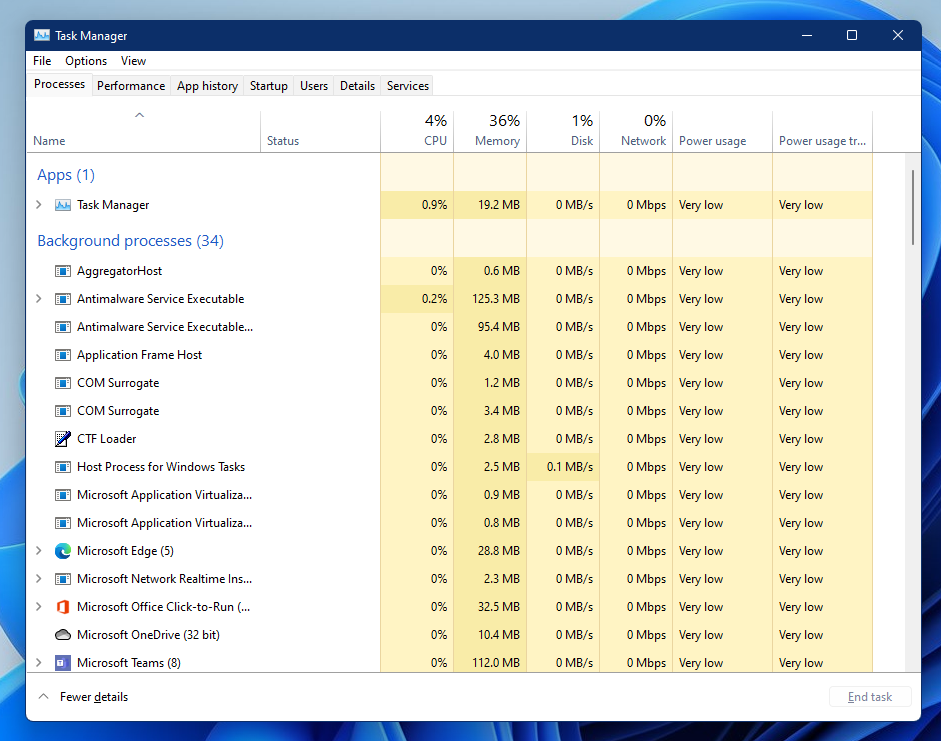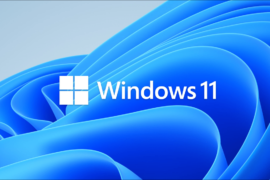This post shows students and new users the steps to find or view what’s running in Windows to troubleshoot or diagnose and resolve problems. If your computer is running slow, the first thing most people do is open Task Manager to see if there is a program or service that is using too much CPU, memory, or other resources.
The Task Manager is a tool that provides a quick and easy method of seeing what programs, background processes, and applications are running on your computer. With this information, issues related to performance or threats, including viruses and malware, can be quickly found and discovered.
The Task Manager comes with multiple tabs, and the Processes tab is the default tab that always opens with the Task Manager. From there, you can stop stopping any unresponsive or resource-intensive application that affects system performance by selecting it from the list and clicking the button Final task button.
At the command prompt, you can use the things to do command or get-process if you are using PowerShell. Another way to see what is running on Windows is to use the WMI command wmic process.
We will show you how to use them below.
How to see what’s running in Windows 11
As mentioned above, if you want to see what’s running in Windows, you probably want to use the Task Manager. However, there are also commands that you can run to see all the processes currently running on Windows.
Open the Task Manager, then in the Processes tab, you will see all the processes running on Windows.

How to list all processes in Windows 11
If you are comfortable using the command prompt, use these commands to list or view all running processes in Windows.
Go to the Start menu, then find and open the command prompt as administrator.

Then run the following commands to list all running processes.
tasklist
You can also get running processes from PowerShell. Open PowerShell as administrator.

Then run the following commands:
get-process
Or use the following commands at the command prompt or in PowerShell.
wmic process get ProcessId,Description,ParentProcessId
One thing to note is that you may not find everything that is running in Windows using the above methods. If a malicious program or virus is designed not to list its process, you may not be able to see it with Task Manager or other commands above.
You may need to use antivirus or threat removal software to do this for you.
Conclusion:
In this tutorial we have seen how to find what is running on Windows. If you find any errors above or have something to add, use the comment form below.




